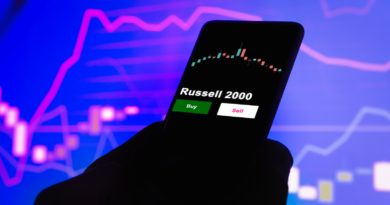Freyr Battery (FREY) Stock Falls 30% on Analyst Downgrade
Source: T. Schneider / Shutterstock.com
FREYR Battery (NYSE:FREY) is among the most closely-watched stocks in today’s session. This company, which focuses on energy storage systems and the production of lithium ion-based battery cells, saw significant attention as a key potential innovator in the race for improved battery technology. Going public via a reverse special purpose acquisition company (SPAC) merger in July 2021, FREY stock has fallen from its SPAC price of $10 per share to about $1.50 per share at the time of writing. Today alone, FREY stock has lost roughly 30% of its value, contributing to this stark decline.
The reason for today’s outsized move is yet another bearish analyst note on the company. BTIG downgraded Freyr following the company’s earnings call, citing execution risk as the key factor in the “neutral” rating and the removal of the firm’s previous $14 price target.
Given that FREY stock trades at around $1.50 per share, the removal of that price target certainly makes sense. There’s no need to get laughed out of every boardroom when the market is taking a very clear and pessimistic view of a company.
That said, let’s dive into what led to this downgrade and what investors should make of today’s price action.
Is the Drop in FREY Stock Justified?
Freyr’s third-quarter earnings release yesterday, in combination with this downgrade, appears to be seriously hurting investor sentiment around the company. The European-based battery company is among the pre-revenue players in the battery space many have hoped could provide the sort of innovation and competition that the industry needs. However, previous plant delays and calls to delay the commissioning of Freyr’s Customer Qualification Plant (CQP) have led analysts to push out their revenue and profitability estimates. In this era of higher interest rates, that’s not good for valuation modeling.
This CQP has been cited as necessary for commercial battery cell production. Unite cell assembly and casting equipment will be impacted, and it’s now expected that Freyr won’t be fully operational until later next year. Other buildouts may also be affected, creating a ripple effect from this decision.
Additionally, in this higher-interest rate environment, investors now have to consider the funding impacts of these delays on financing costs moving forward. While some of these buildout costs may be covered by previous capital raises, Freyr will likely need to tap debt/equity markets moving forward for financing.
All in all, today’s decline appears to be rational, given these developments and the environment we’re living in right now.
On the date of publication, Chris MacDonald did not have (either directly or indirectly) any positions in the securities mentioned in this article. The opinions expressed in this article are those of the writer, subject to the InvestorPlace.com Publishing Guidelines.




